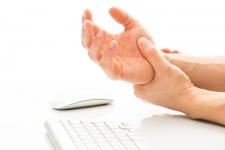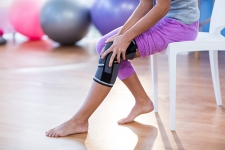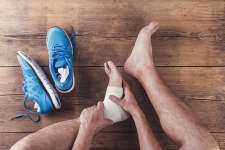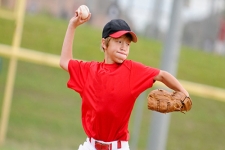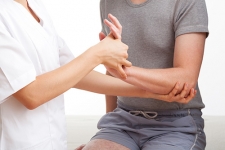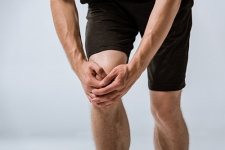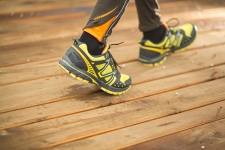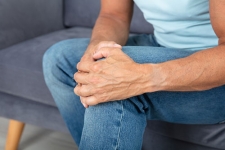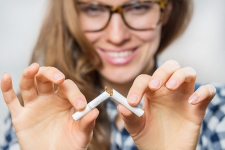Carpal Tunnel Release
Historically, carpal tunnel syndrome has primarily been attributed to overuse/repetitive motion of the wrist and/or hand. However, it’s felt that, from some patients, carpal tunnel syndrome is more congenital in nature, meaning that some individuals are simply born with smaller carpal tunnels. This means that the median nerve and tendons (which is what allow your fingers to move) pass through a narrow passageway in the wrist called the carpal tunnel which is much smaller for some people.

